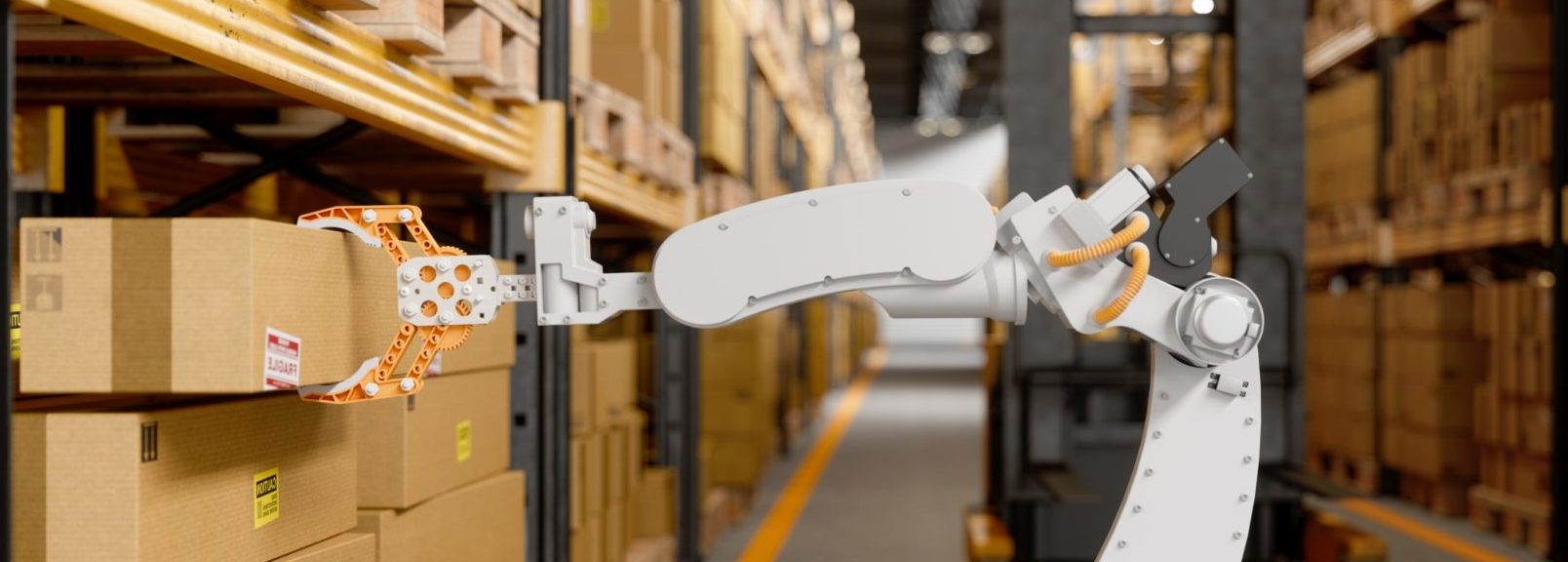Fixed wireless access
For the many communities not served by fixed broadband, mobile connectivity is a vital lifeline to the outside world. 4G and 5G networks now are being used to provide fixed wireless access (FWA) – a wireless substitute for broadband in the home or workplace. Market potential is huge for FWA: about 40% of the world’s two billion households lack a fixed broadband connection. Moreover the global pandemic has further underlined people’s need for remote online access to vital services, such as education and healthcare, as well as the ability to communicate digitally with friends and colleagues.
$23bn
5G FWA market value by 2025
40%
Reduction in the initial cost of ‘last-mile’ connectivity
180m
FWA connections by 2026
Even in places where there are fixed telephone lines, FWA may prove the most cost-effective way to bring high-speed broadband to homes across the globe, in that it doesn’t require roads to be dug for new cables to be laid. In a typical FWA configuration, a dedicated receiver will be mounted on the end-user’s roof, window or wall that ensures a reliable broadband connection from the cellular network.
5G FWA can reduce the initial cost of ‘last-mile’ connectivity by up to 40% compared to installing a physical fibre line – and, as production of 5G modules ramps up, 5G FWA receivers themselves are likely to become more affordable as well.
Between the end of 2020 and 2026, the number of FWA connections worldwide is forecast to grow threefold to 180 million. Most of these connections will be either in developing countries, where fixed-line infrastructure is particularly scarce, or in rural areas not served by copper, cable or fibre networks. In some countries, such as the UK and the US, governments are subsidizing the provision of connectivity to rural areas, reflecting their desire to deliver more digital public services to reduce costs and save time.
5G FWA can reduce the initial cost of ‘last-mile’ connectivity by up to 40% compared to installing a physical fibre line – and, as production of 5G modules ramps up, 5G FWA receivers themselves are likely to become more affordable as well. As 5G networks typically have more capacity than 4G networks, as well as being more versatile, they are well-suited to serving the FWA market. 5G networks employing millimetre-wave spectrum are able to support very high-speed connections, comparable to fibre networks. Trials of 5G FWA in the UK found that a 5G FWA millimetre-wave service can deliver download speeds of around 1Gb per second.
Quectel is well-placed to support the growth of the FWA by providing a vast range of durable, compliant, multi-functional modules to support a new era of connectivity, including:
Socket Secure Layer to meet strict security and privacy requirements in data transmission
Wide temperature ranges to ensure durability in harsh environments
MIMO technology, which greatly reduces errors and boosts data speeds
Backward network compatibility to enable coverage in remote areas
In 2021, equipment suppliers expect to ship more than 30 million 4G/5G FWA receivers to end users, up from 22.9 million in 2020. Those figures don’t include battery-powered devices that can be used to create local hotspots. The 5G FWA industry-generated revenue of about $700 million in 2020, a figure that could rise to more than $23 billion by 2025.
Quectel’s research in FWA solutions has helped result in a wide range of durable and secure modules to provide high-speed internet in all locations across the globe – wherever the location, our products ensure reliable connectivity is maintained so that businesses and consumers can focus on what’s important. To view our range of wireless IoT modules please visit our Product Selector.



